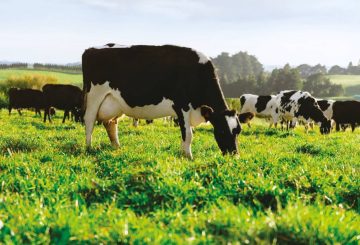The Kiingi Tuheitia Portraiture Award exhibition is set to take place in May 2023. The event organizers aim to expand the scope of Māori portraiture and strengthen the relationship between the Kiingitanga and Waitangi.
The Te Kōngahu Museum of Waitangi will host the exhibition, which will feature the works of the 43 finalists of the 2023 Kiingi Tuheitia Portraiture Award. This biennial national competition encourages emerging Māori artists to create portraits of their ancestors, known as tūpuna.
The award and exhibition serve as platforms to highlight the skills and talent of these budding Māori artists, who use a range of visual artistic mediums. The Kiingi Tuheitia Portraiture Award was first launched in August 2020, with the inaugural competition and award ceremony taking place in 2021.
Chanel Clarke, the head of curatorial and learning at the Waitangi Treaty Grounds, expressed her excitement about hosting the touring exhibition, especially following the King’s visit to Waitangi earlier this year.
Clarke noted that the exhibition features a diverse range of art, with many artists pushing the limits of how they represent their tūpuna. Some works even incorporate digital elements, including an AI-generated piece. This mix of traditional and modern art forms showcases the exciting opportunities available to Māori artists today.
According to Clarke, Māori portraits can take any form that Māori artists choose, without being restricted to European ideals. She emphasized that the choice of representation is entirely up to the artists. Traditional Māori art forms such as clay (uku) and carving (whakairo) are also included in the exhibition.
The Kiingi Tuheitia Portraiture Award targets emerging artists, many of whom are participating for the second time. Clarke highlighted that the exhibition provides a valuable opportunity for these artists to make their mark and gain exposure.
The Kiingi Tuheitia Portraiture Award exhibition will be open to the public at the Waitangi Treaty Grounds until August 11, 2024.





























































